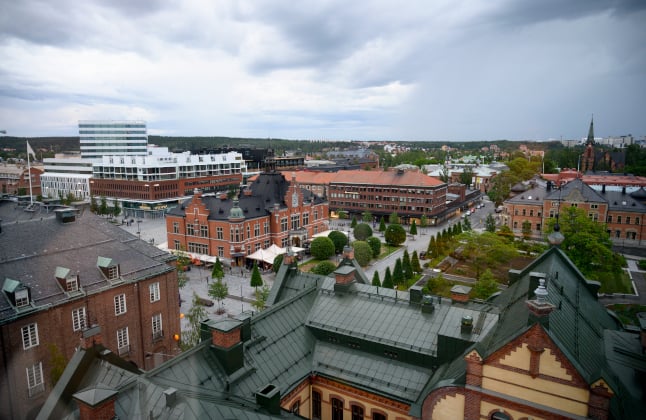“The dog wouldn’t let go; it had to be wrenched away. Fortunately it didn’t bite her round the neck,” said police sergeant Ebbe Nyberg.
The incident occurred in a residential area in Umeå. The dog was being kept inside but managed to slip out through a door that had been left open.
“It ran out and attacked the neighbour’s girl,” said Ebbe Nyberg.
The girl was taken to Norrland University Hospital to be treated for facial injuries. According to the hospital, the 5-year-old’s injuries are serious but not life threatening.
An investigation has been launched into the incident.
“We don’t know if anything will come of it. It’s more an insurance matter. It’s a special case; if the dog escaped from the house it’s hard to see it as a crime,” Nyberg told local newspaper Västerbottens Kuriren.
The owner decided immediately after the attack to have the dog put down, a task that was duly carried out later in the evening.


 Please whitelist us to continue reading.
Please whitelist us to continue reading.
Member comments